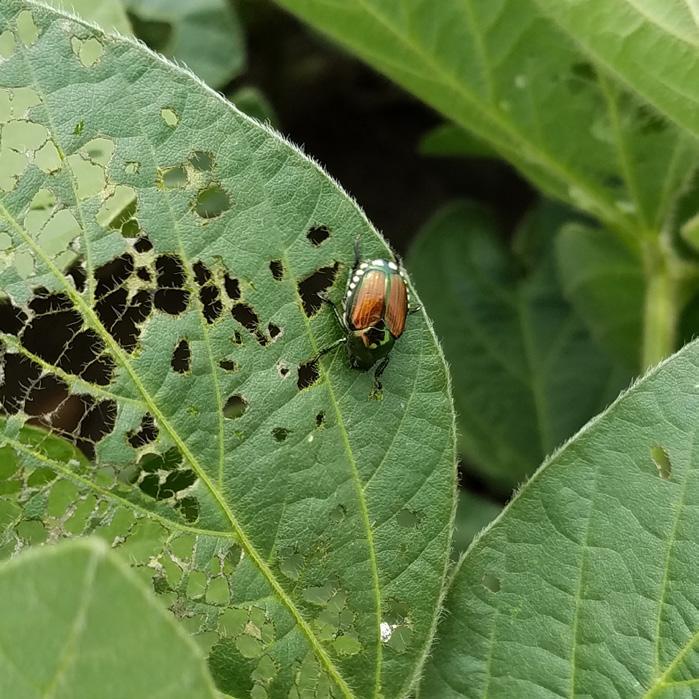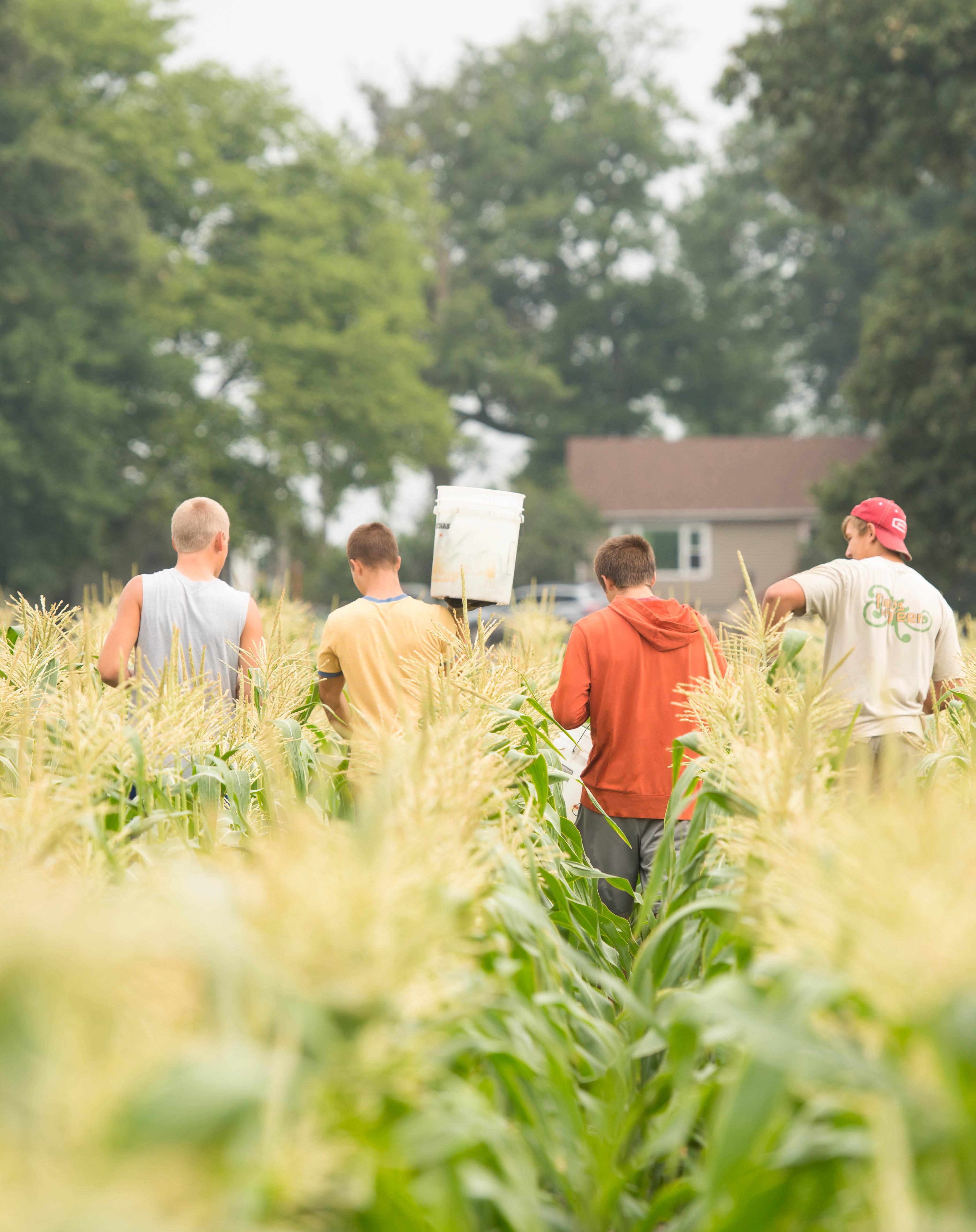
4 minute read
Aisle Insights: A Little Something Can Go a Long Way
Innovation has big impacts in farming and staring down a pandemic
By Aaron Putze, APR
Random acts of kindness haven’t been so random since COVID-19’s unwelcomed arrival in America.
• Farmers have donated pigs helping food banks provide much-needed protein to people in need.
• Families have gathered around kitchen tables to transform strips of cloth into facemasks to aid healthcare workers.
• Breweries have reconfigured operations to manufacture hand sanitizer in place of pale ales.
• Children have created murals made from sidewalk chalk and painted and distributed “kindness rocks” throughout neighborhoods providing much-needed encouragement during a time of great distress.
• Anonymous good Samaritans have generously settled outstanding bills to provide relief to those struggling to make ends meet.
Each act of kindness may seem somewhat small and insignificant when compared to the enormity of the challenge. But never underestimate the big difference a little something can make.
The big impact of small things was top of mind when Kelly Visser, editor of Fresh Pickings, approached me with this column assignment. At first, I struggled with making her idea for a focus on pesticides relatable to readers.
Yet the thought of just a little something having tremendous benefit seemed to apply. It’s true when sharing acts of kindness during a pandemic. And it has merit when describing how advancements in chemistry are enabling farmers to use smaller amounts of products while increasing the production of safe and nutritious food.
Fruits, vegetables and crops like corn and soybeans are extremely vulnerable to pests, diseases and weed infestations. All are yield robbers. If left unchecked, production is greatly reduced and prices paid by retailers and shoppers increase.
It’s best to avoid lose-lose scenarios.
Thankfully, like most things we use to live, work and play, products farmers use have also continuously improved over the years. As a farm kid, I vividly remember helping my dad prep to spray the crops by filling the tank with water before he went to the field. To this day, I don’t truly understand what he was mixing or spraying. What I do recall is maneuvering hoses, shutting off the hydrant when water levels reached the appropriate fill line and that spraying crops was dirty work (the tractor dad used didn’t have a cab).
Over the past 40 years, crop protection products farmers depend upon and how they use them have improved dramatically. Most notable has been reducing the amount of product needed to effectively manage pests and diseases. That appeals to consumers and to farmers, as well. After all, there’s no economic incentive to wasting time, money, effort and product.
I’m no threat to the scientific profession – I’m not a scientist and never will be. But I do know enough to understand that active ingredients are what make crop protection products work. Decades of research, improvements in chemistry and greater awareness about the need to conserve resources (including water and fuel used to apply them) have motivated scientists to dramatically decrease the amount of pesticide farmers must apply. So, what once took gallons of product to tackle a weed, disease or insect pressure covering an acre or more can now be accomplished using just ounces (for perspective, an acre is about the size of a football or soccer field).

Even more exciting is the growing use of seed coatings and biologicals in protecting our food supply while it’s most vulnerable to pests and diseases.
Treating seed with a protective coating puts product precisely where it’s needed at the very start of the growing season. Biologicals use living organisms like microbes found in nature. These tiny micro-organisms, including viruses, bacteria or fungi, can have pesticide-like qualities that can protect the health of the plant.
Farmers are also taking to the air and their computers to better protect their investment. Drones collect timely and vital information about what is going on in their fields not readily visible from the end rows or road. With that knowledge, farmers and agronomists can use crop protection products at precisely the right time, location and amount. Product labels have come a long way, too, providing specific guidance to farmers and agronomists to ensure products are used safely and sparingly.
The world is full of unknowns, especially during a pandemic. Given all there is to worry about, the safety and abundance of food shouldn’t be among them. The use of crop protection products to stay ahead of bugs and diseases is a big piece of this equation. And it’s being done safely and effectively.
Now, get about doing a random act of kindness. Unlike the use of crop protection products, the more the better!

Aaron Putze, APR, serves as Sr. Dir., Information and Education for the Iowa Soybean Association. He was raised on a farm near West Bend and lives in Waukee with his wife Crystal and children Garrett, Grant and Jaelyn.
To view the full spread, view this magazine in your internet browser on your phone, tablet or desktop. This story is funded by the soybean checkoff.










